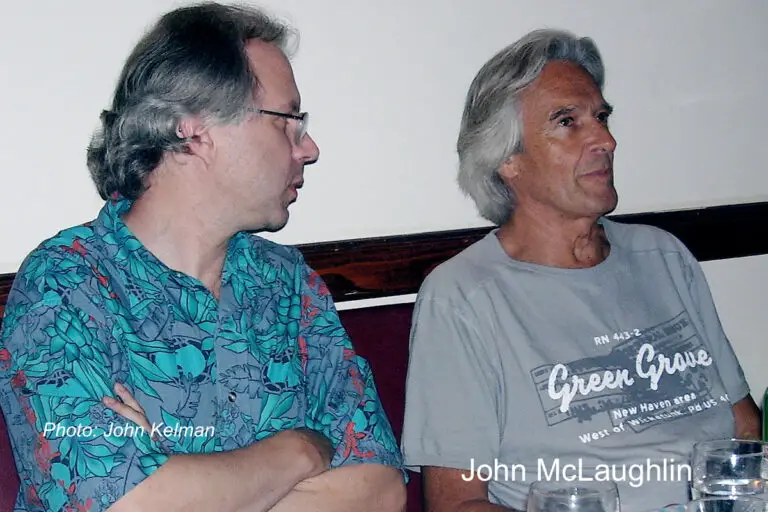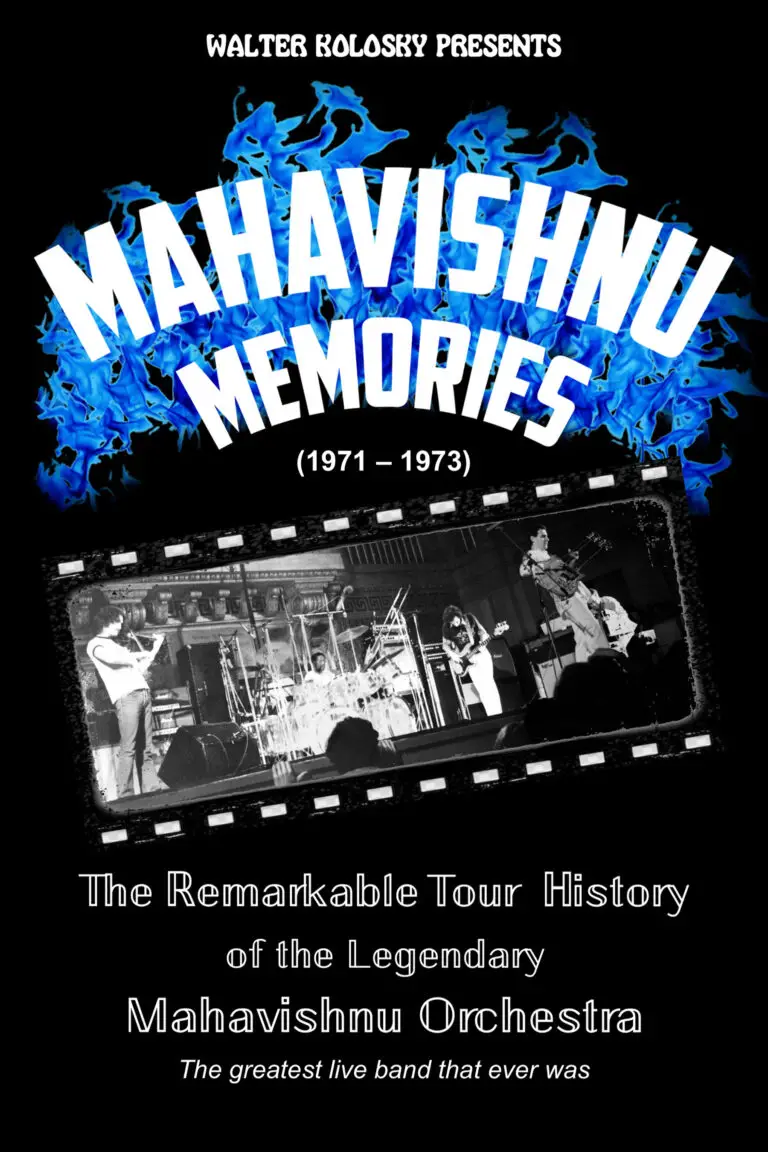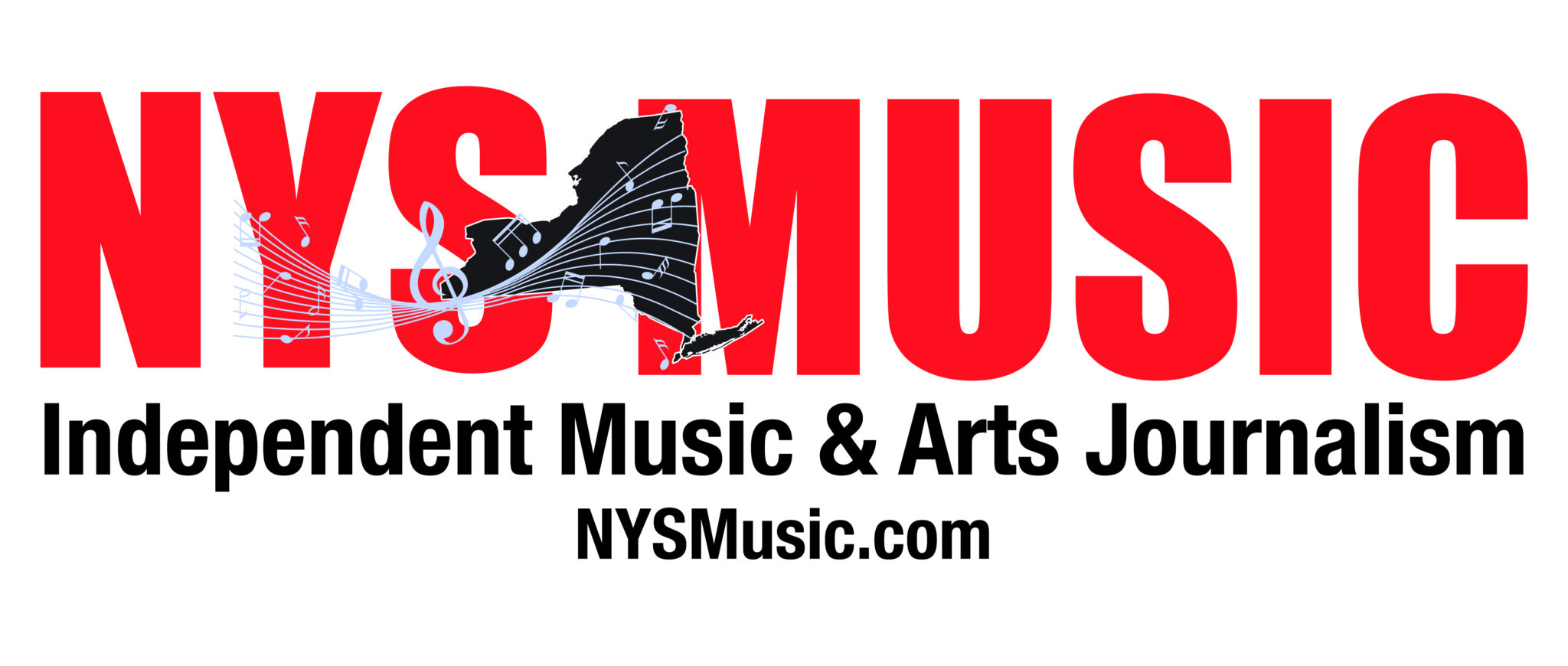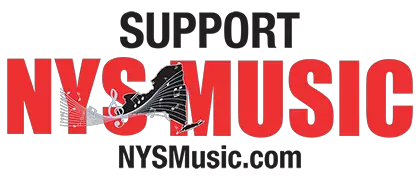John McLaughlin and his Mahavishnu Orchestra were, alongside Miles Davis, Return to Forever, and Herbie Hancock’s Headhunters, the mightiest of the Four Horsemen of Jazz Fusion.
When he burst on the scene in 1971 with this band, McLaughlin’s superhuman skill on electric guitar and the quartet of otherworldly virtuosos he surrounded himself with shocked the worlds of jazz and rock. For fans of the latter, John seemed to fill the gap left by the death of Jimi Hendrix and the demise of Cream. And like Cream, the original iteration of Mahavishnu had a very short run, from the summer of 1971 through December 1973. But in that time, they were one of the busiest and most fearsome touring attractions. They not only blew away audiences but musicians with whom they shared concert bills, from Frank Zappa and ELP to Jerry Garcia and Steve Miller.

Walter Kolosky is an astute critic who likely knows as much about McLaughlin as the man himself. This former journalist and podcaster has penned three books on this legendary guitarist. In 2006, he released the definitive biography of this band, Power, Passion & Beauty: The Story of the Legendary Mahavishnu Orchestra. In 2010, he wrote Follow Your Heart, a song-by-song listening guide to McLaughlin’s recordings since 1969.
His latest, Mahavishnu Memories, is a concert-by-concert chronicle of the live work of the original iteration of this legendary band. Like all Kolosky’s work, it is exhaustively researched yet incredibly readable—the perfect complement to some deep-dive listening to some of the most fearsome and intellectually satisfying sounds ever committed to disc.
Check out the interview below to learn more about this remarkable band and how its short yet fiery run reshaped jazz and rock.
I’d like to begin by hearing about when you developed an interest in music and how that led to your particular devotion to John McLaughlin’s work.
Walter: In 1973, I was just like all my teenage friends, a typical rock fan of my time. I had just started buying records, but I had a good collection going of Black Sabbath, Blue Öyster Cult (the poor man’s Sabbath), Deep Purple, Uriah Heep, Ten Years After, Aerosmith, and so on. Then, late one night, I saw the Mahavishnu Orchestra on TV. To say I was mesmerized would be an understatement. I never saw or heard any rock group like that! What was going on with the music? There were competing rhythms and otherworldly riffs. No vocals! Then. It didn’t take very long for the music to pull me in like a Star Trek tractor beam. There was no escape – only surrender. I did not sleep that night. The moment the department store opened its doors, the next day, I made a beeline for the record department and started my journey in earnest.
You have penned three books dedicated to the work of John McLaughlin and his Mahavishnu Orchestra. What about McLaughlin has led you to devote so much time to his work over the past 50 or so years?
Walter: What can I say? It was his approach to composing. He was like nobody else. And yes, his facility on guitar is beyond the stratosphere, but that does not make music better in and of itself. The music needs a direction, I think, and ironically and thrillingly, his music is omnidirectional. It is passionate yet can turn jagged on a 32nd note. It is full of power but can be gentle and soothing. It can possess beauty in the form of structural grandeur or touch you with simplicity. I have been a fan for over 50 years, but did not turn my attention to writing about John, his Mahavishnu band, and jazz and jazz rock until the Internet arrived. There were many opportunities to participate, and I took advantage of them. My background was in news reporting, so it was natural for me to take advantage of that skill set in the new medium and begin writing again after a long stint selling things in the business world. My writing led to one thing after another after another. I believe in the maxim that you write what you know. So, I did.
John’s big break came when he was brought to the U.S. to play with Miles Davis, but he was an integral part of the jazz and studio scene in London before that. Tell us a little about the highlights of that time.
Walter: John was actually invited over by the great Tony Williams, Davis’ drummer, who had heard a tape of John and wanted him for his new band, which would be called the Tony Williams Lifetime. That band, which would also include organist Larry Young, was a forerunner to Mahavishnu and if they had ever gotten good management, music history would be different. Many of John’s ideas for later Mahavishnu material would be born in the band. In London, John was what he called a “studio shark.” He hated it, but he could play anything, so he was in demand. He appears on many pop songs of the day that came out of the London studios. As a matter of fact, there is an interesting TV video of John playing in Burt Bacharach’s orchestra for a rendition of “Trains and Boats and Planes.” It should be checked out.

McLaughlin was an integral part of Miles’ pioneering jazz fusion, but he was never formally a member of his band when it came to touring. What are some of the highlights of his time with Davis?
Walter: Many will point to John’s participation to In a Silent Way and Bitches Brew – two seminal Davis records.However, to understand John’s future, and Mahavishnu’s drummer Billy Cobham’s for that matter, pay the closest attention to the Davis album Tribute to Jack Johnson.
Around this time, John became a devotee of a guru, Sri Chinmoy. What role did he play in John’s personal and artistic life, and other musicians in John’s circle, like Carlos Santana.
Walter: It played a significant role in his life, but John says Chinmoy played a “zero” role in his approach to music. I take him at his word.
What was the catalyst that drove John to form the original incarnation of the Orchestra in 1971? How did he come to choose the four players? And is it true that King Crimson and acclaimed session bassist Tony Levin and violinist Jean-Luc Ponty were his original choices?
Walter: Miles Davis noticed a restlessness in John, who was playing in Davis’ band that night in Boston, and took him aside. He told John it was time for him to form his own band. Finding members, as I go into great detail in my book from 20 years ago, Power, Passion and Beauty, was exhaustive. John took many approaches to find the right musicians. In the end, he ended up with a guy he knew, bassist Rick Laird; a guy he was becoming friendly with, drummer Billy Cobham; and two musicians he had never met until his recruiting, violinist Jerry Goodman and keyboardist Jan Hammer. It turned out to be a once-in-a-lifetime meeting of musical spirits without parallel at that time. The stories about Tony Levin and Jean-Luc Ponty are quite accurate.

Mahavishnu Memories is a chronicle of every gig the original incarnation of the Mahavishnu Orchestra played between its July 1971 debut at the Gaslight at the Au Go Go in New York through its final gig on December 30 at Detroit Masonic Temple. How did you go about researching the book, and who and what were some of the best sources of info?
Walter: Wow. I could write a book about this, but I am too exhausted. It was all about the thrill of the hunt. I scoured everything. I tracked down and pored through hundreds of college archives, student newspapers and yearbooks, defunct independent newspapers and magazines, and library collections.
In many cases, librarians and archivists became excited about the project and helped me further. I found many people by looking at tour itineraries and calling phone numbers that were 50 years old!. I reviewed obituaries looking for Mahavishnu fans. I found them. I listened to scores of recorded concerts. It was very tedious but thrilling and rewarding. Of course, I talked to many famous musicians who had seen the band live. And I spoke with the band – John, Jan, Billy, Jerry, and Rick. Of great help to me was the Mahavishnu’s tour manager Elliott Sears and associates like Joseph D’Anna, Anthony Barone and the legendary Jock McClean. However, the most critical people I spoke with were the fans. That is what sets Mahavishnu Memories apart from other books in the tour history genre. This book is about the effect LIVE music had on people. In many cases, it shaped their lives.
I had written hundreds of thousands of words about Mahavishnu and always pointed out that though they made killer records – it was the band’s live performances that made them truly legendary. Still, I realized I had never dug deep enough into this phenomenon. The idea for the book was born. However, as I just pointed out, I wanted to make a different kind of book from those generally found in this book genre. The works I have seen all have some value, but they are mostly lists of venues, attendance figures, and set lists. I know that is a lot of work by itself, and I respect that.
But with Mahavishnu, I believed I had to get to the true crux of the matter. What was it like when that band that played such confounding music came to your town? Were you stunned and bowled over when that assault hit you from the stage? Or did you jump out of your seats and head for the exits as if the place were on fire? Both of those things happened. Other people remained stunned and glued to their seats after the shows. My friend, drummer Dennis Chambers, did that. He told me he sat there, and it felt like he had just stuck his finger in a light socket. One of the stories in the book is about a guy who had forgotten he had brought a date! There are a lot of personal stories in this book. Some are joyous, some are sad, and some are funny. Writing a story about every concert is difficult. You can’t write the same thing about every gig, so I approach each show as its own story. Throughout this book, which is about 520 pages, there are threads that connect the beginning to the end. You will learn about many rock acts like the Eagles, Yes, the Kinks, Bette Midler, Taj Mahal, and comedy acts like Cheech and Chong and George Carlin. You will read about how the music industry was run at that time and about crime in the concert business, the social fabric of the day, how the music was marketed, why Mahavishnu was more popular in certain places, why some critics hated the band and some thought the band was the best thing they ever heard in their lives.
As was the order of the day, the Mahavishnu Orchestra often opened for some of the most popular bands of the day… which was likely a frightening prospect for those acts! How did they influence bands like Frank Zappa’s Mothers of Invention, Emerson, Lake & Palmer, and Yes? And what about some of the notable acts they blew off the stage, like Jerry Garcia and his Hooteroll project with Howard Wales?
Walter: Zappa claimed it had no influence because he didn’t even listen to Mahavishnu’s sets. His band members, on the record, have said the opposite. There is even a story of him being caught looking through the curtains. Band members say Zappa’s music changed after this. That is what they say. I am not claiming that anything Mahavishnu ever did influenced Frank. Like a good reporter, I will let the witnesses speak for themselves.
Jerry Garcia claimed to dislike Mahavishnu after critics wrote that the band stole shows from him and Howard Wales. John McLaughlin vehemently denies trying to steal a show from anyone. It just happened and it happened several times with Emerson, Lake and Palmer. There was a request from ELP to never share a bill with Mahavishnu again!
The original Mahavishnu Orchestra was a band of first-rate virtuosos, all of whom had their fan bases. Who were the most popular with listeners and musicians? And why, in your opinion, was the massively talented violinist Jerry Goodman so self-critical?
Walter: In the early days, Jerry was the best known. He would often get more applause than John. Jerry is a fantastic musician and a nice man. I can suggest he felt pressured by his parents, who were renowned classical musicians, and he thought he could never live up to them. But there is probably more to it. I wish I knew why one of the world’s great musicians suffers from a lack of confidence. I wish I could snap my fingers and change that. I am not letting out any secrets. He has mentioned it often.
Mahavishnu had savvy management, with a Beatles connection, which actually got them recorded for popular TV music shows like ABC’s In Concert. What are some of the best videos that showcase this iteration of the band?
Walter: Every single video should be obtained! There are no bad videos or pictures of the Mahavishnu Orchestra. In the book, I discuss the existing videos and the ongoing hunt for missing videos that once existed. That said, the best video was the appearance on the ABC Network’s In Concert show. You cannot watch that and not feel the amazing energy compounded by each view.
I had the pleasure of seeing the band twice, once at Colden Hall at Queens College and the other at Central Park, where they recorded their live album, Between Nothingness & Eternity. Is it true that this was a stop-gap in place of the third album’s recording, which was unsuccessful?
Walter: Yes, the live version replaced the studio effort. By the way, that Queens College concert was the first performed after the band decided to break up. Despite the band’s turmoil, one critic called it one of the best concerts Mahavishnu ever gave. With one or two exceptions, trouble in the band never made its way to the stage.
If someone wanted to get into John McLaughlin’s music, what four albums would you suggest they buy?
Walter: Extrapolation, My Goal’s Beyond, Birds of Fire, and The Promise. If you ask me this same question again tomorrow, I will name four different albums, and the same will be said every day after that.


Comments are closed.